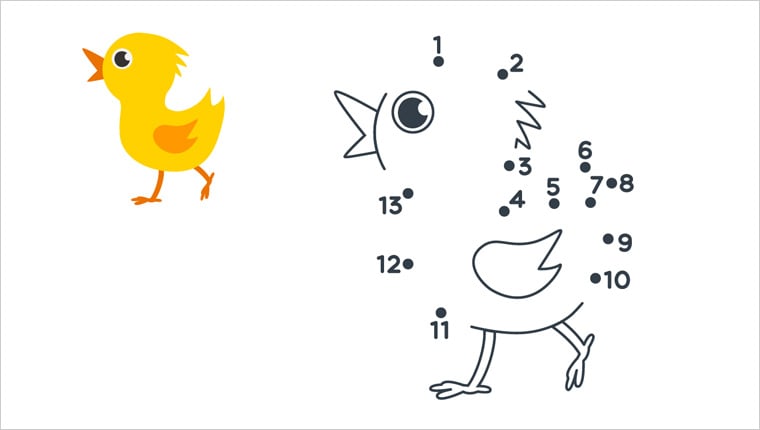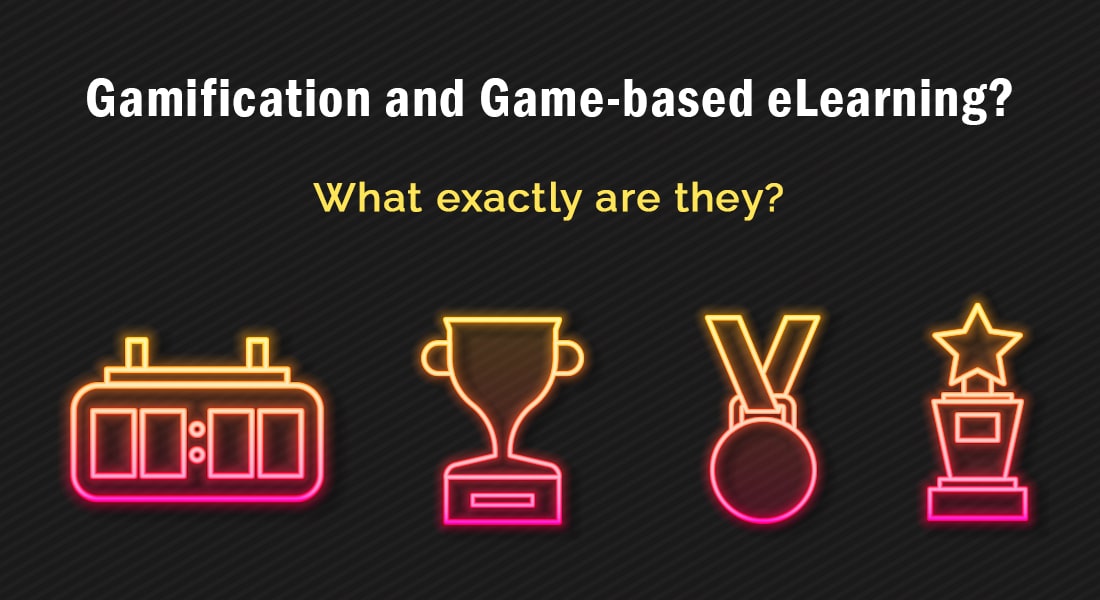Can You Tell Game-Based Learning From Gamification?

If you are looking to incorporate game elements in your training, chances are that you have come across these two terms – Game-based learning and Gamification. These words may sound simple and be used interchangeably sometimes by designers and strategists alike, but confusing them can have serious consequences. Today, we’ll look at what these two words mean and lay them bare in their entirety for a better understanding.
Let’s start off with game-based learning.
What is game-based learning?
Game-based learning (or GBL) uses game elements to teach specific skills or achieve specific learning outcomes. It is all about understanding the learning needs of your learners and creating value for them in a game environment. For example, role-playing games. These games allow learners experience and visually understand the world from someone else’s perspective.
While games are purely for fun, GBL is a type of game play that has defined learning outcomes while also allowing the learners to have some enjoyment. It provides learners:
- A safe environment to learn from their mistakes
- Real-life problems to solve, analyze, take decisions
- Awareness about these issues inside the game
Through game-based learning, learners are free to analyze, plan and experience things without any difficulty.
“Game-based learning can be defined as lessons which are competitive, interactive, and allow the learner to have fun while gaining knowledge.” (Source)
When to use game-based learning?
Game-based learning can address all sorts of trainings.
Use game-based learning, for instance, to teach sales reps how to sell products and services to reap huge benefits. It can be used to train them on the various aspects of customer interaction by having a senior team member play the role of a customer and the learner (sales rep) playing the role of the vendor-organization representative.
Game-based learning works when you want to:
- Train sales executives and product managers
- Teach product features and benefits in a fun, memorable way
- Provide “practical practice” in real-life scenarios
Now that we have a good understanding of what game-based learning is, let’s see what Gamification has in store for us.
So, what is Gamification?
Is gamification the same as game-based learning? Not exactly. Gamification is “the use of game play mechanics for non-game applications, in order to encourage users [learners] to engage in desired behaviors in connection with the applications.” (Karl M Kapp)
How exactly are they different?
Unlike game-based learning which uses rules, goals, and challenges, Gamification is merely the application of the design elements and principles (think of badges and leaderboards) that are necessary in a gaming environment. It’s usually employed in a non-context format i.e., a context not meant for fun or games, to encourage people to perform tasks they ordinarily consider boring.
At its core, however, gamification is a sort of “participate and get rewarded” system. An example of this in an online learning scenario would be rewarding learners badges for successfully completing a training program, and posting his/her scores on the leaderboard. These little things, when implemented rightly:
- Provide a sense of competition
- Keep the learners engaged
- Act as a motivation to perform well
When to use gamification?
The main use of gamification is to foster engagement. It motivates employees to complete more courses in order to beat their high scores, move up on the leaderboard, or earn rewards.
In recent years, corporate organizations around the world unleashed the power of gamification to
- Onboard New Hires In A Stress-Free Manner
- Motivate better performance among employees
- Boost Their Knowledge Retention
Gamification is the not the answer to every learning situation. Use a well designed gamified e-learning course only when you want to:
- Propel action
- Infuse skill-building
- Influence their behavior
- Drive innovation
It is important (as instructional designers and developers) to know the distinction between game-based learning and gamification. Telling them apart will not only allow you to choose the approach that better serves your e-learning objectives and goals, but also better meets the needs of your learners.
Wondering how to get started with gamifying your e-learning? It’s easy with our resource – Gamification in E-learning. Grab it today and make your courses highly effective and enjoyable.





